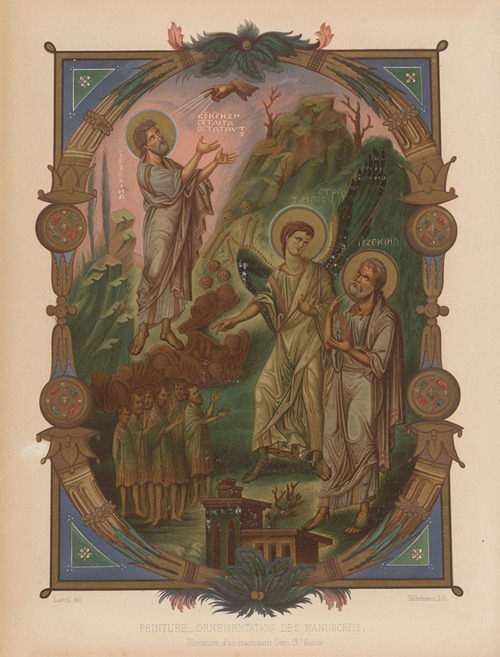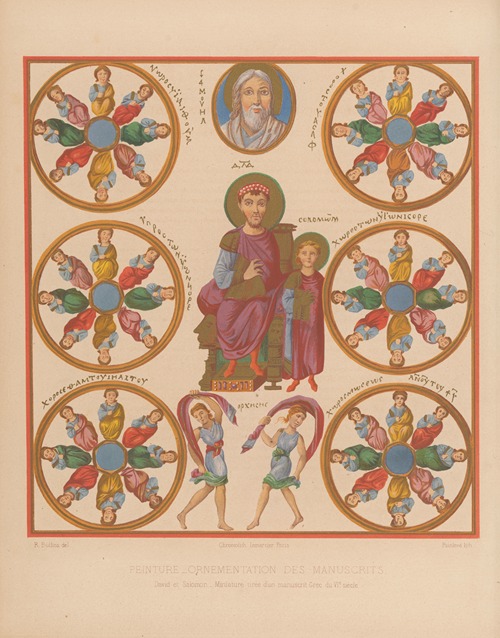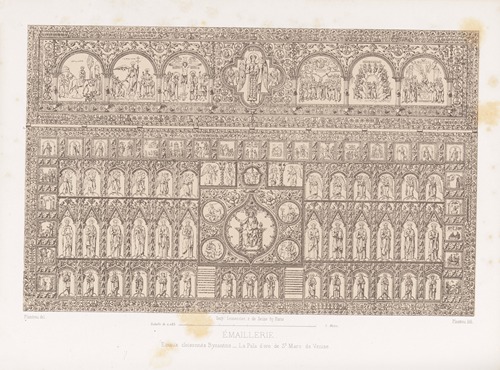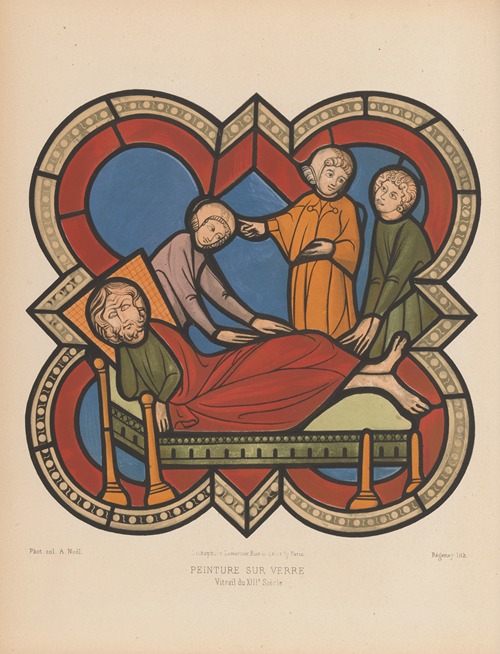

Joseph Rose Lemercier
Joseph-Rose Lemercier was one of the most important Parisian printer-lithographers of the 19th century. He worked for the greatest publishers and artists of his time. He played an important role in the spread and generalization of the photolithography process, which enabled photographic images to be transferred to a lithographic stone for printing with printing ink.
Of modest origins, the son of a Parisian basket-maker, he was born in Paris on July 6, 1803 and died on January 1, 1887. In 1824, he married Marguerite Drancy, from whom he had two children who died in infancy.
He apprenticed with Édouard Knecht, nephew and successor of Aloys Senefelder, the inventor of lithography. He set up on his own in 1828; in 1831, he moved to 57, rue de Seine, in a former jeu de paume. By 1852, Lemercier et Cie owned 80 presses and employed 180 workers.
Between 1852 and 1855, he joined forces with optician Lerebours, chemist Barreswil and chemist and photographer Alphonse Davanne to develop a new process, but the result - too long and complex to implement - was not industrially viable. In 1855, Alphonse Poitevin invented and patented a process that could be used industrially. Poitevin initially sought to exploit his patent himself, and opened a workshop in Paris. But in October 1857, he sold his patent and workshop to Lemercier.
Lemercier worked for all the major French publishers of his time. He was the printer for artists such as Odilon Redon, Édouard Manet and Alphonse Mucha.
Joseph-Rose Lemercier was made a chevalier of the Légion d'honneur in 1847, then promoted to officer in 1878. Between 1876 and 1885, he chaired the Chambre des imprimeurs lithographes de Paris.
His nephew, Alfred Lemercier, succeeded him at the head of the company, then inherited it on his death.





























